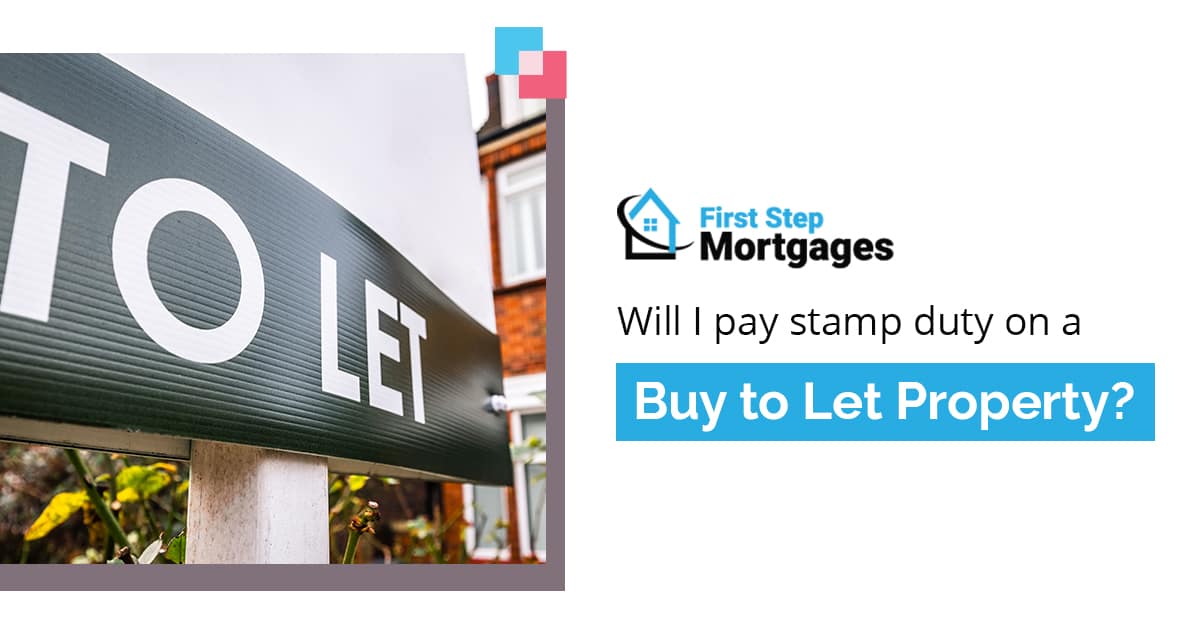Buy To Let
-
Expert Mortgage Advisers
-
Exclusive Products Available
-
Access to Competitive Rates
Get In Touch Today To Discuss The Most Suitable Mortgage Option For You.
Get In Touch Today To Discuss The Most Suitable Mortgage Option For You.
Get a quick response within 24 hours

If you’re planning to become a residential landlord, you’ll need to use a Buy to Let mortgage. This can either be used to purchase a residential property that you’re buying solely for the purpose of rental or sometimes an existing residential mortgage can be converted to Buy to Let, should you decide you want to rent out your own home.
Once a Buy to Let mortgage is in place, you are not permitted to live in the property, even if you previously owned it with a standard residential mortgage.
In order to fulfill the standard criteria you will need to meet the following requirements, however, these will vary slightly between lenders:
There are a number of differences between Standard Residential mortgages and Buy to Let mortgages, with perhaps the most substantial being how loans are calculated. How much you can borrow is determined by the potential rental yield (or income) of your intended rental property, rather than your personal affordability. Other differences include:
As Mortgage Lenders base how much you can borrow on the potential rental yield of the property, there is the potential that you can purchase a higher value property than you would be able to for a standard residential home, although you should bear in mind the high deposit requirement. Most lenders will be looking for properties to produce a rental yield of between 125% and 145% the cost of your mortgage payments.
Whilst investing in property can produce a viable source of income, it’s important to consider that when you have no rental income, you will still need to pay the mortgage repayments. All rental properties will undergo at least short periods of vacancy whilst you seek new tenants or in some cases, renovation works or upgrades might be needed.
A high-end property protection insurance or landlord’s insurance will provide a safety net for the circumstances when your property is vacant or unexpected expenses occur. Our advisers can offer you advice about the most suitable policies.
Many landlords will look to the sale of their rental property in order to cover the final lump sum loan repayment on their mortgage. Whilst this is effective in many cases, a back up plan is sensible, as it’s difficult to predict what the local market will be like when the time comes.
In certain circumstances, for example, when you are unable to sell your property or have to accept a lower than expected sale price, the proceeds of sale will not cover the total cost of paying off your mortgage. Further investments or savings plans are recommended to cover you for such situations.
Becoming a landlord has inherent tax implications, which it’s important to consider before purchasing through a Buy to Let mortgage.
On every property you own additionally to your home, 3% extra Stamp Duty fee is payable at purchase
Income tax is payable on any rental income
Both Capital Gains Tax and Income tax are due on any profits of your rental sale
You may be entitled to a small amount of tax relief as a standard rate tax payer. In this case, some landlord related costs can be reclaimed on your tax return, such as property management or letting agent fees, repairs and household bills (council tax, utilities) where you’re responsible for them.
Here at First Step Mortgages, our brokers can recommend Buy to Let Mortgage products that offer you the greatest benefits, based on your individual circumstances. A competitive mortgage deal can be key to maximising profits from rental properties, so we’ll ensure that your chosen option offers you the best earning potential.
Your home may be repossessed if you do not keep up repayments on a mortgage
Monday – Friday 9:00 AM – 8:00 PM & Saturday – Sunday 10:00 AM – 6:00 PM